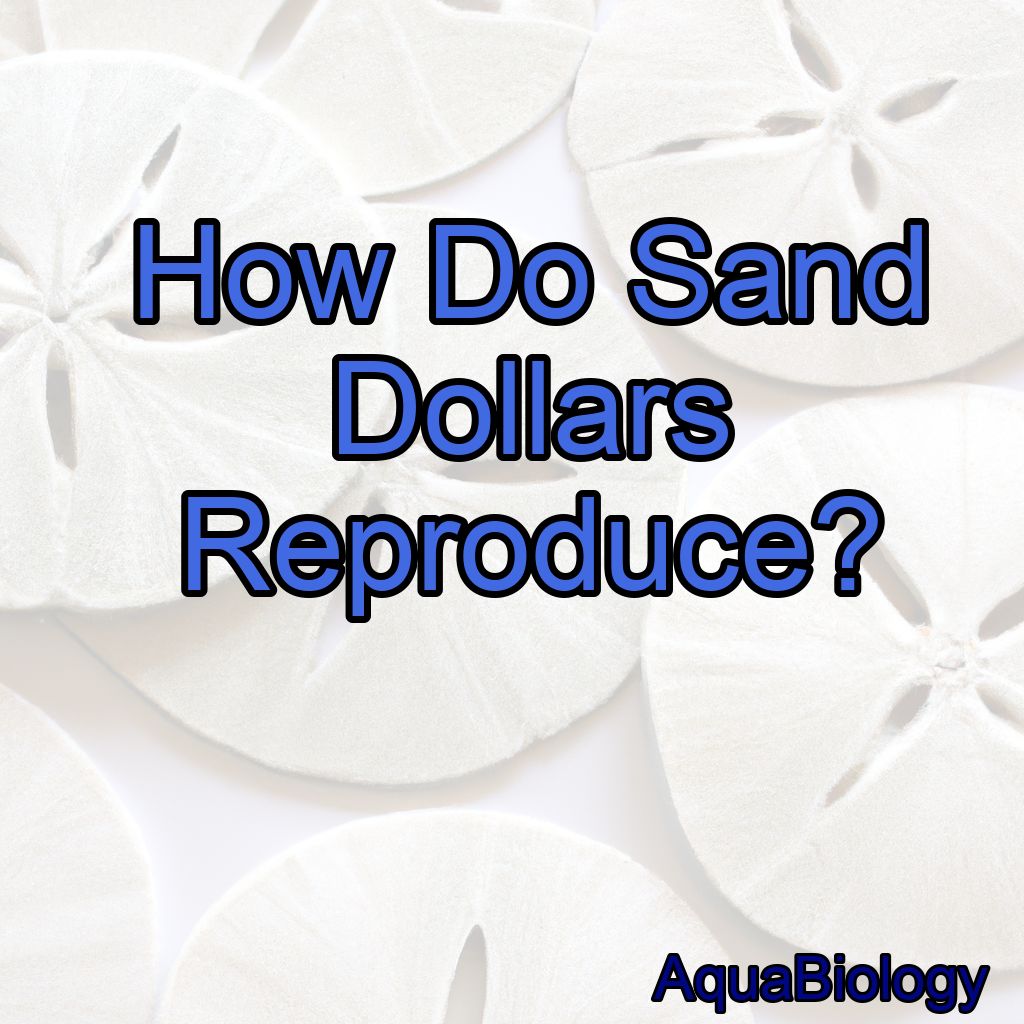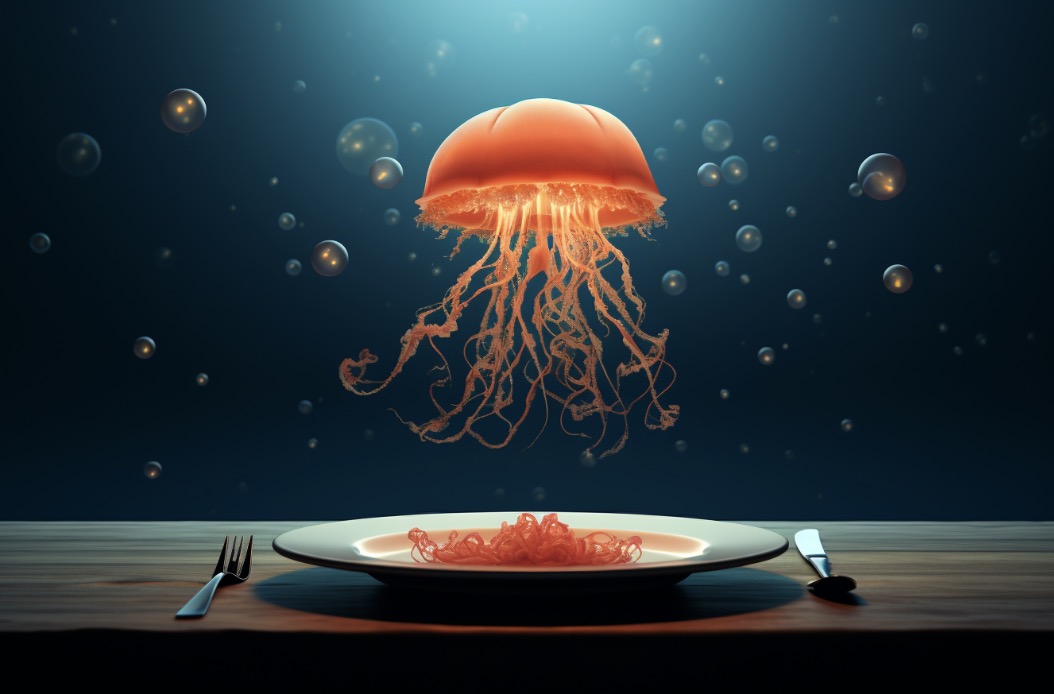As a marine biologist, I have always been fascinated by the intricate and mysterious ways in which sea creatures reproduce.
Sand dollars reproduce through spawning, releasing eggs and sperm into the water for external fertilization.
One of my favorite marine animals to study is the sand dollar.
These beautiful and delicate creatures have a unique method of reproduction that is both fascinating and complex.
In this blog post, I will explore the various ways in which sand dollars reproduce and shed some light on the mysteries of their reproductive process.
The Anatomy of a Sand Dollar
Before delving into the intricacies of sand dollar reproduction, it is important to understand the anatomy of these fascinating creatures. Sand dollars belong to the class Echinoidea, which also includes sea urchins and sea biscuits.
They are round, flat, and covered in tiny spines that help them move across the ocean floor. Sand dollars have a unique anatomy that is adapted to their habitat.
They have a mouth on the underside of their body and a series of pores that allow them to breathe and excrete waste. They also have a complex water vascular system that helps them move and feed.
Sand Dollar Reproduction
Sand dollars have both male and female reproductive organs, which means they are hermaphrodites. However, they cannot fertilize their own eggs, so they must mate with another sand dollar in order to reproduce.
When it is time to mate, sand dollars release their eggs and sperm into the water simultaneously. The eggs and sperm then mix together and fertilize, forming a larva called a pluteus.
The Pluteus Stage
The pluteus stage is a critical part of the sand dollar’s reproductive process. During this stage, the fertilized egg develops into a larva that is free-swimming and has a distinct shape.
The pluteus has two arms that are used for swimming and feeding. The larva will spend several weeks in this stage before settling onto the ocean floor and developing into an adult sand dollar.
Settlement and Growth

Once the pluteus settles onto the ocean floor, it will begin to develop into an adult sand dollar. This process takes several years, and during this time, the sand dollar will undergo several stages of growth and development.
As the sand dollar grows, it will shed its spines and develop a hard, calcified shell that is covered in tiny pores.
Reproductive Cycles
Sand dollars have a unique reproductive cycle that is tied to the tides. During the spring and summer months, sand dollars will release their eggs and sperm into the water, which is when mating occurs.
The fertilized eggs will then develop into plutei, which will settle onto the ocean floor and develop into adult sand dollars. Sand dollars have a lifespan of up to ten years, and during this time, they will go through multiple reproductive cycles.
Threats to Sand Dollar Reproduction
Sand dollars are a vital part of the ocean ecosystem, but they are also facing threats from human activity. Pollution, overfishing, and habitat destruction are all factors that can impact sand dollar populations and their ability to reproduce.
It is important that we take steps to protect these delicate creatures and ensure that they can continue to reproduce and thrive in their natural habitat.
Conclusion
In conclusion, sand dollars have a unique and complex method of reproduction that is tied to the tides and the pluteus stage. These delicate creatures have both male and female reproductive organs and must mate in order to reproduce.
The pluteus stage is a critical part of their reproductive process, and during this time, the fertilized egg develops into a free-swimming larva that settles onto the ocean floor and develops into an adult sand dollar. Sand dollars are facing threats from human activity, but it is important that we take steps to protect them and ensure that they can continue to reproduce and thrive in their natural habitat.
1. Sand dollars are hermaphrodites with both male and female reproductive organs.
2. They cannot fertilize their own eggs and must mate with another sand dollar to reproduce.
3. The fertilized egg develops into a larva called a pluteus, which settles onto the ocean floor and develops into an adult sand dollar.
4. Sand dollars have a unique reproductive cycle that is tied to the tides and the pluteus stage.
5. Sand dollars are facing threats from human activity, and it is important to take steps to protect them and ensure their ability to reproduce.
FAQs
What happens to a sand dollar when it dies? When a sand dollar dies, its hard outer shell, called a test, may wash up on shore and eventually break down into smaller pieces.
The soft tissue inside the shell decomposes and is consumed by scavengers or broken down by bacteria.
How much is a dead sand dollar worth? A dead sand dollar has no commercial value.
It is illegal to collect live sand dollars in some areas, and it is important to leave them on the beach to decompose and return nutrients to the ecosystem.
Is it illegal to keep dead sand dollars? It is illegal to keep dead sand dollars in some states and countries, as they are protected under certain laws and regulations.
It is important to research and understand the specific laws and regulations in your area before collecting or keeping any marine organisms.
How do sand dollars reproduce asexually?
Sand dollars do not reproduce asexually.
They reproduce sexually by releasing eggs and sperm into the water, which then fertilize and develop into larvae.
How fast do sand dollars reproduce?
Sand dollars reproduce by releasing eggs and sperm into the water, where fertilization occurs.
They can produce hundreds of thousands of eggs in a season, but the exact rate of reproduction varies depending on factors such as water temperature and food availability.
How does a sand dollar have babies? Sand dollars reproduce sexually by releasing eggs and sperm into the water column, where fertilization occurs.
The fertilized eggs develop into larvae, which eventually settle on the ocean floor and metamorphose into juvenile sand dollars.




